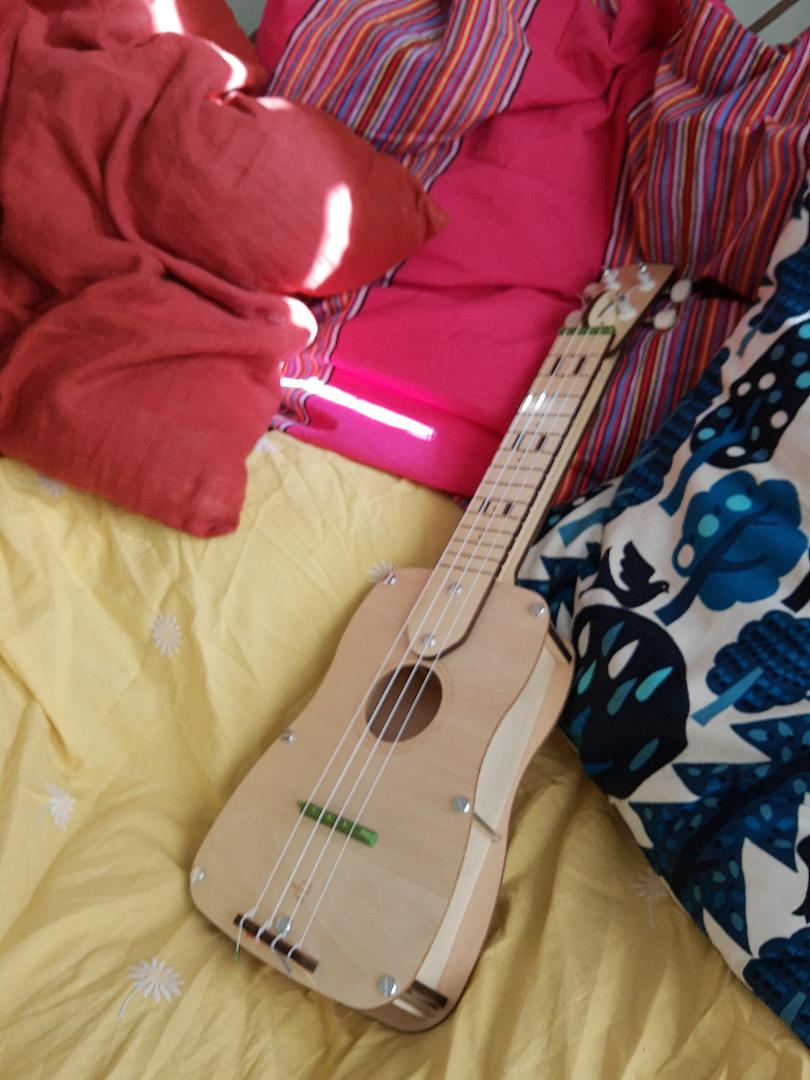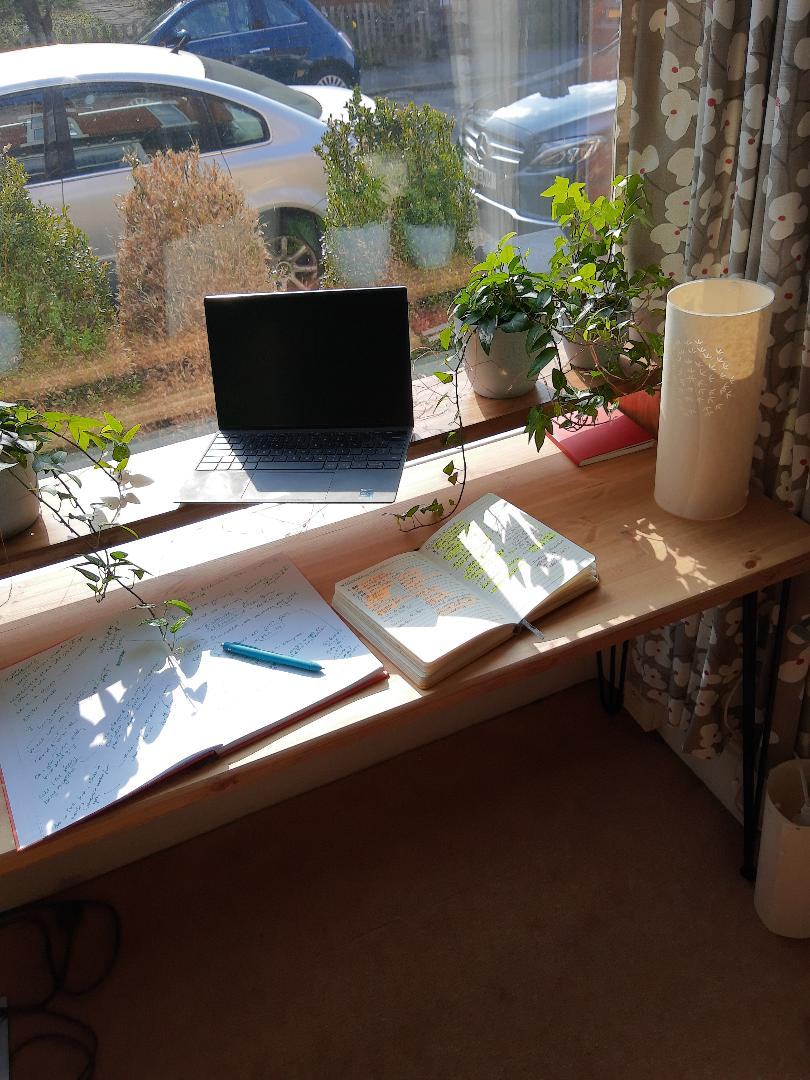In case you're in need of a boost to your creativity at the moment (I have been!) here's a list of ten things you could try...
1 Be kind to yourself and seek out good company. If you’re anything like me you may still not be seeing as many people as you did pre-covid. We haven’t started back with our in-person once a month local SCBWI picture book group yet or our once a week writing together sessions we did for some time. I feel very lucky to have been able to go away for two weekends very recently with writer friends
SCBWI Writing Retreat 2022 (masks off for eating)
I used to use retreats as a time to write but these
weekends were a time to reflect and think, and most of all, be in really good company,
talking about writing and being honest about how we’ve all been finding life and writing after the last two years… I am rejuvenated (and without meaning to, came up with a great idea for a picture book). f you’re not able to go away, try and connect in a different
way -on a walk (in person with someone, or failing that, on a call to a friend
elsewhere) or on zoom if you can still face it!
2 Be kind to yourself and read -either somewhere super nice and cosy
or in bed (with electric
blanket underneath and weighted blanket on top -in my case) whether that’s with
a physical book (for me, in my chair) or an audio book in bed…
And don’t feel like it can’t be as fun if you schedule it. I
do fifteen minutes in my cosy chair after I’ve got completely ready for bed,
with lovely lighting and bird song on spotify, and I frequently read at
scheduled times with one of my teenagers in cosy silence. I will forget to do it if I don't have a reminder but it's lovely when I do it.
Try picture books and other books. They can all help you find your way back, even if they don’t seem connected to what you’re writing initially. I’m currently listening to Brene Brown’s The Gifts of Imperfection
-I'd highly recommend it... I’ve also been listening to Elizabeth Gilbert’s Big Magic.
I don’t necessarily share her opinions about the universe deliberately putting positive things in your way but it doesn’t make any difference to how much I get out of the book and how it encourages me back into creativity.
3 Be kind to yourself and have a little book of small successes (for writing and writing-related successes) and write in it every day. My small successes are often very small (like sitting at my desk for fifteen minutes and doing a task I didn’t feel inclined to do but did anyway) and I am only allowed to write wholly positive things in there.
I do this at the end of the day, before bed, so I’m finishing on a high note and I do it at my desk with lovely calm lighting so it feels like a treat.
If I ever choose to read it, it is wholly positive, whether the success I’m reading is finishing a book or doing half an hour of taxes in one sitting…
4 Be kind to yourself and surround yourself with plants.
I nicked this idea straight off my middle daughter and it’s been very lovely
indeed.
5 Be kind to yourself and get a good working area if possible. Until I carved out my good working area earlier this year in my bedroom and bought my desk (some months after I’d done a huge clear-out), my good working area was my bed. It wasn’t actually very good but I did make sure it was a happy area by covering it with a lovely yellow blanket. I love my desk so much and it makes it way easier to get down to work.
6 Be kind to yourself and try and find ways to work less
on computer and more on paper. I have to remind myself of this a lot as I’m
wont to forget things quickly, but you can actually have your computer screen closed
quite a lot of the time when you’re working on a picture book and it gives your
working environment a very different (and often nicer) feel.
7 Be kind to yourself and look after your body -eat
the right foods and exercise. For me (a perimenopausal woman with ADHD) that
means religiously eating lots of flaxseed every breakfast without fail with
yogurt, chia seeds, apple, toasted flaked almonds and a bit of honey, and it
means cutting out almost all refined sugar. Two years ago I would never have
dreamt of eating that and ate Coco Pops or cornflakes or another sugary cereal
for breakfast, and lots of chocolate. But I borrowed the idea off other women
of a similar age and it’s made a huge difference -as has HRT- helping my memory and
reducing brain fog (very useful for writing!) And do whatever exercise works
for you. For me, it’s jogging gently on the spot at home at regular times throughout the day and
it does wonders for my concentration.
8 Be kind to yourself and embrace whatever works for you. It doesn’t matter if anyone else thinks it’s weird. You do you -whether that means dancing around the kitchen to seriously uncool music or jogging super-slowly in tiny steps up and down your not-so-large kitchen whilst you wait for the kettle to boil…
If you jog with tiny enough steps the kitchen seems pretty big (and it's great to get concentration back if you're losing it)...
or putting on slippery socks so you can slide around on your floor, or playing tig at the park with your teenage children, or watching Brokenwood with a child whilst finishing a blogpost
Seeking out good company at home, too, for writing, reading or just good old hanging out...
or learning to play the ukelele just for fun...
or using an actual sticker chart to motivate you to do all the helpful things that help things along…
It may seem childish, but I don't care. I nicked the idea off one of my children and it works for me!
9 And then be kind to yourself and think really carefully: is what you really want to be doing? If it is (and it’s fine if it isn’t) then plan your days (after years and years of trying different productivity journals and numerous variations on to do lists, I’ve finally found a way that works: a simple brightly coloured book (so I love using it and I can’t lose it -at least not as easily as less colourful books) with half the day’s page taken up with a random brain dump of absolutely everything I need to do and the other half a schedule based on the brain dump. All done the night before so I know exactly what I'm doing at the beginning of each day -magic! And I get to use a highlighter once I’ve completed something...
It's very yellow and I lose it way less than anything else -and who doesn't love a highlighter?
and then be kind to yourself and…
10 be authentic, take your inspiration and strength from
everywhere and allow your re-invigorated mind to write what moves you.
These are things that have made a big difference to me recently and I'm getting more writing done and having more fun doing it! Let's all remember to be kind to ourselves (and of course, each other). What are your top tips for feeding your soul and being in a better place to write? I'd love to hear them in the comments below...
Clare is the author of around 40 books (picture books and early readers) and is editing her first young adult novel. She's recently questioned whether she wants to be moving on to older books now her children are much older but once she let herself imagine not writing more picture books she realised how much she actively wants to write picture books and it's really helped her focus.
www.julietclarebell.com

























.png)



.png)








.png)






